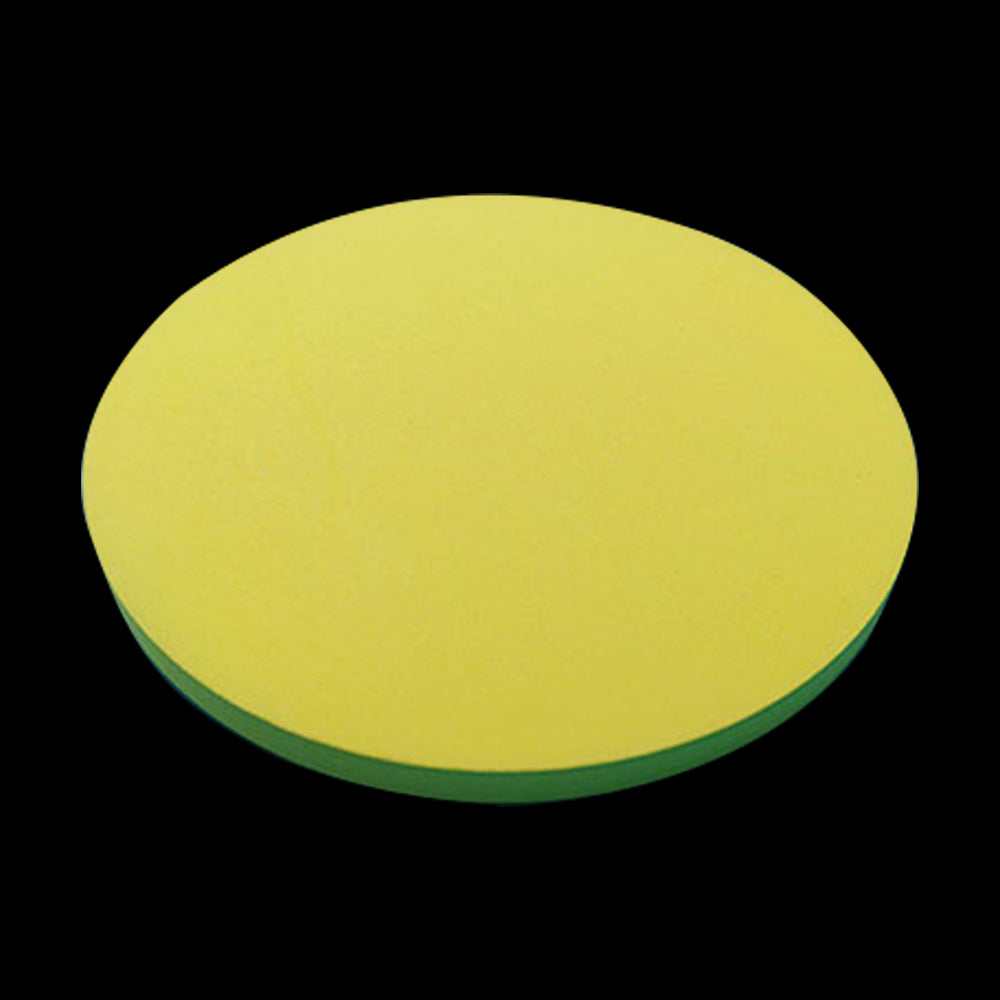Target Materials
Bismuth Vanadate (BiVO4) PLD Target
Bismuth Vanadate (BiVO4) PLD Target
Couldn't load pickup availability
| Material | Bismuth Vanadate |
| Formula | BiVO4 |
| Purity | 99.9% |
| Typical Substrates |
Bismuth Iron Oxide, Bismuth Ferrite, Vanadium Dioxide |
| Crystal Structure | Tatragonal |
Introduction to Bismuth Vanadate Thin Film
Bismuth vanadate (BiVO4) thin film is a type of material that has received significant attention due to its potential use in photoelectrochemical (PEC) water splitting for renewable energy production, solar energy conversion, and catalysis. Thin film deposition techniques, such as chemical vapor deposition (CVD), pulsed laser deposition (PLD), and sputtering, have been widely used to fabricate BiVO4 thin films with precise control over their thickness and microstructure.
Bismuth vanadate is a semiconductor with a narrow bandgap of about 2.4 eV, which allows it to efficiently absorb visible light. When exposed to sunlight, the electrons in the material become excited and can be used to generate an electrical current, which is the basis of PEC water splitting.
It is a light absorber and efficient photocatalyst for water splitting, making it useful for various applications such as solar energy conversion, environmental remediation, and electrochromic devices.
Typical substrates with a good lattice match are used for the epitaxial growth of Bismuth Vanadate
The epitaxial growth of BiVO4 typically requires the use of substrates with a good lattice match to minimize lattice mismatch-induced defects and strain. Some of the typical substrates used for the epitaxial growth of BiVO4 are:
- Yttrium-stabilized zirconia (YSZ) substrate
- Strontium titanate (SrTiO3) substrate
- LaAlO3 substrate
Comparison to Similar Materials
BiVO4 is often compared to other metal oxides such as titanium dioxide (TiO2) and zinc oxide (ZnO) due to its similar properties as a photocatalyst. However, BiVO4 has a narrower bandgap compared to TiO2 and ZnO, which makes it more efficient in absorbing visible light. BiVO4 also has a higher charge carrier mobility and a longer electron-hole lifetime, which makes it a more efficient photocatalyst.
Crystal Structure of Bismuth Vanadate Thin Film
BiVO4 has a tetragonal crystal structure and belongs to the scheelite family of compounds. It has a space group of I41/amd and lattice parameters of a=b=5.451 Å and c=12.995 Å.
List of 5 Similar Thin Film Materials to Bismuth Vanadate
- Bismuth Iron Oxide
- Bismuth Ferrite
- Vanadium Dioxide
- Bismuth Titanate
- Bismuth Cobalt Zinc Oxide
Materials
Materials
Shipping & Returns
Shipping & Returns
Dimensions
Dimensions
Care Instructions
Care Instructions

-
Free Shipping
Wherever you are, get free shipping on orders from Target Materials
-
High Quality Packaging
All our targets are vacuum packed, sealed and protected so they arrive with you exactly how they left from us.

